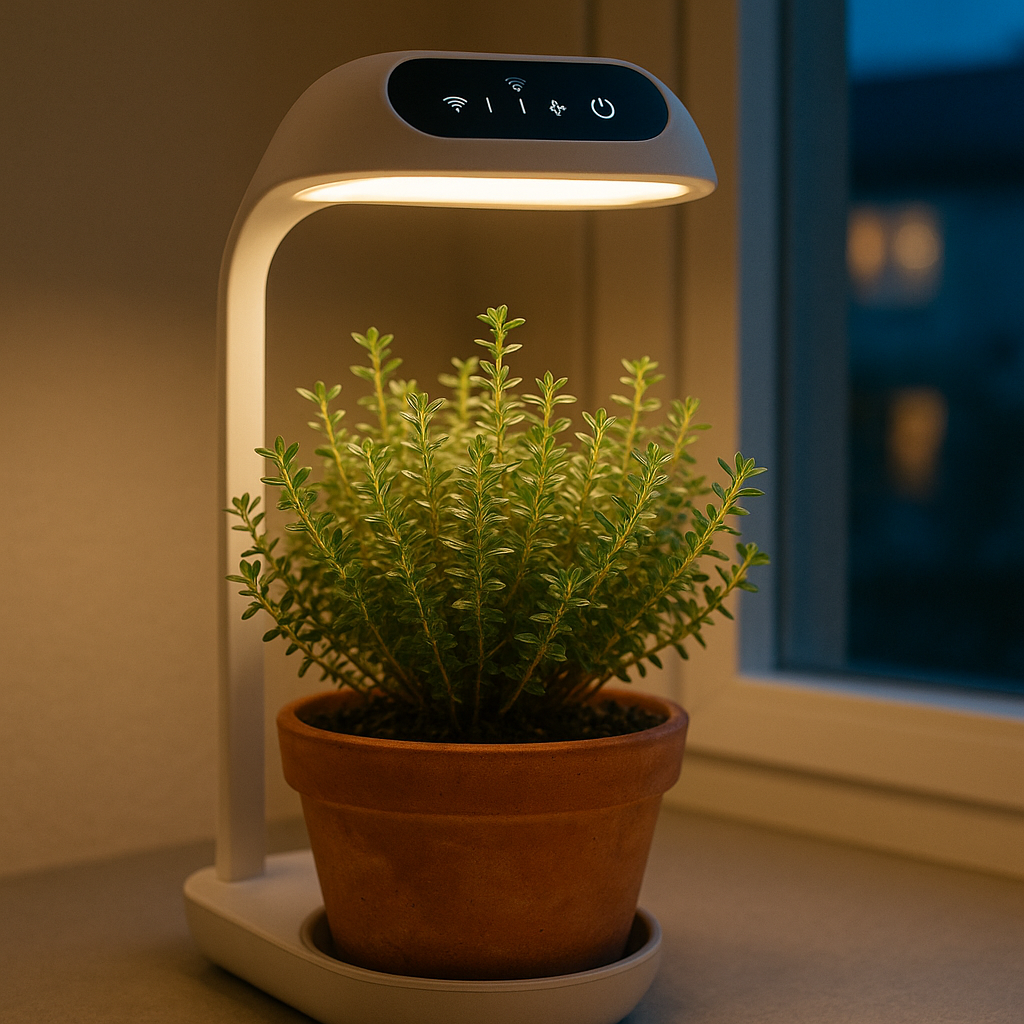Keep Your Herb Garden Thriving Through the Cold Months
As autumn leaves crunch beneath your feet and morning frost begins to kiss your windows, it’s time to start thinking about how to protect one of your most reliable herbs—thyme. This tough little perennial may be cold-hardy, but a little attention now can ensure you’re still snipping sprigs long after the snow falls.
Whether you’re growing thyme in containers on your patio or spreading it low across a garden bed, here’s how to overwinter thyme successfully—indoors or out.

1. Know Your Zone
Before anything else, check your USDA Hardiness Zone. Common thyme (Thymus vulgaris) is hardy in Zones 5 through 9. If you’re in Zone 4 or colder, you’ll need to provide extra protection—or bring your thyme indoors entirely.
Quick Check: Find your USDA Hardiness Zone here.
2. Overwintering Thyme in Pots
Container herbs are easy to move, but also more vulnerable to freezing roots. Here's how to help potted thyme survive:
- Before first frost, move thyme pots indoors (ideally before temps dip below 32°F / 0°C).
- Place near a bright window, preferably south-facing, for 4–6 hours of light per day.
- Humidity counts: Mist occasionally or set the pot on a humidity tray to prevent dry air damage.
- Rotate weekly and give it a light trim to keep it bushy—not leggy.
Window too shady? Don’t sweat it. A sleek grow light turns your kitchen counter into a thriving herb haven.

3. Overwintering Thyme Outdoors
Thyme is resilient, but garden soil and exposure can take a toll.
- Mulch deeply with straw, pine needles, or dry leaves (2–3 inches) once the ground starts to cool.
- Skip the fertilizer in fall—too much nitrogen now can cause tender growth that frost will zap.
- Don’t prune aggressively before winter. Leave the main structure intact and trim in early spring instead.
4. Protect Roots from Cold and Wet
Freezing temperatures combined with soggy soil is a root rot nightmare—especially for thyme.
- Ensure excellent drainage by planting in raised beds or adding sand/perlite to improve soil structure.
- If using containers, elevate them slightly on pot feet or bricks to avoid sitting in puddles.
- Terracotta pots? Wrap them or move under cover—clay cracks easily in freezing temps.
5. Fall Cleanup & Pest Check
If you’re overwintering thyme indoors, do a little fall prep first:
- Snip off dead or moldy stems.
- Check for spider mites, aphids, or whiteflies before bringing pots inside.
- Wipe the pot clean and refresh the topsoil layer if needed.
Bonus: Winter Harvest from Your Kitchen Window
Even if growth slows, indoor thyme still offers flavorful rewards.
Snip a few fresh leaves for:
- Hearty soups
- Herbal stews
- Thyme-lemon tea for cold nights
Keep a small cutting in a sunny kitchen nook—fragrant and functional.

7. Download Your Free Thyme Winter Care Checklist
Want a printable version of these tips? Grab our free PDF and never forget a step.
Click here to Download Thyme Winter Care Checklist.
Subscribe for more herb care guides, garden printables, and seasonal planting tips—delivered fresh every week.
Have You Tried Overwintering Thyme?
Drop a comment below! Let us know your zone, how your thyme did last winter, or ask questions—we're here to help your herb garden thrive.





